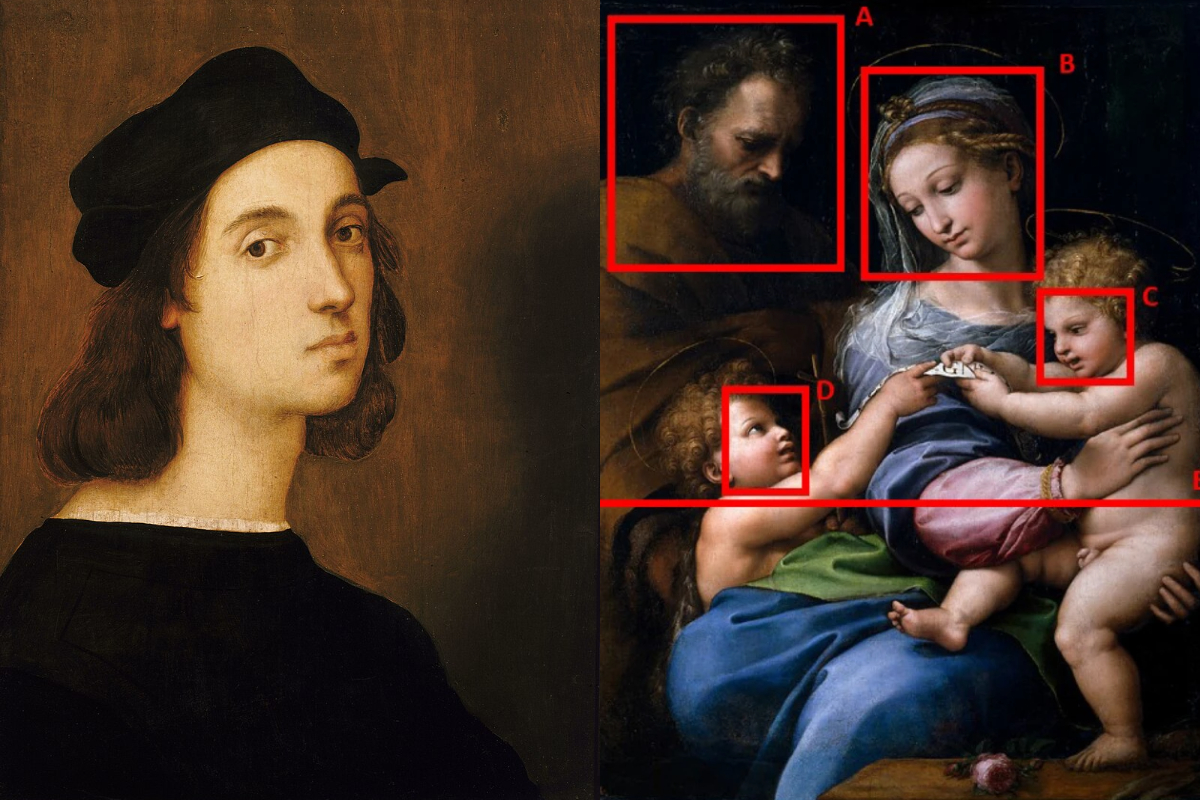LG Unveils AI Robot for Pet Monitoring and Home Care
LG's robot moves independently, redefining home assistance. AI manages smart devices for...

In a groundbreaking discovery, researchers from the UK and the US have utilized artificial intelligence (AI) to uncover a hidden mystery within a renowned Raphael painting. The masterpiece in question is the Madonna della Rosa, where an AI neural network has identified subtle differences in the brushwork, raising questions about the authenticity of the entire artwork.
Scholars have long debated the true origin of the painting, and while traditional methods require diverse evidence to ascertain an artwork’s provenance, the AI algorithm, developed by the research team, offers a new perspective. The algorithm, based on deep feature analysis and trained on authenticated Raphael paintings, goes beyond the capabilities of the human eye, scrutinizing details at a microscopic level.
Mathematician and computer scientist Hassan Ugail from the University of Bradford explains, “The computer sees far more deeply than the human eye, to microscopic level.” The custom analysis algorithm, a modification of Microsoft’s ResNet50, combined with a Support Vector Machine, achieved a remarkable 98 percent accuracy in identifying Raphael paintings in previous tests.
In a departure from conventional approaches, the researchers focused on individual faces within the painting. While the faces of the Madonna, the Child, and St John were confirmed as Raphael’s work, the face of St Joseph exhibited significant differences. This finding supports previous debates about the authenticity of the artwork, suggesting that another artist, possibly Raphael’s pupil Giulio Romano, contributed to the painting.
The Madonna della Rosa, believed to have been painted between 1518 and 1520, came under suspicion in the mid-1800s when art critics questioned whether Raphael had painted the entire artwork. The AI analysis has now provided compelling evidence that at least some portions were likely done by another hand.
The researchers emphasize that AI is not intended to replace the expertise of art historians but to complement their skills. Ugail clarifies, “This is not a case of AI taking people’s jobs. The process of authenticating a work of art involves looking at many aspects, from its provenance, pigments, condition of the work, and so on. However, this sort of software can be used as one tool to assist in the process.”
In essence, AI has played a crucial role in unraveling the secrets of a classic painting, shedding light on hidden nuances and contributing to the ongoing dialogue around art authentication.
Catch all the Business News, Breaking News Event and Latest News Updates on The BOL News
Download The BOL News App to get the Daily News Update & Live News.